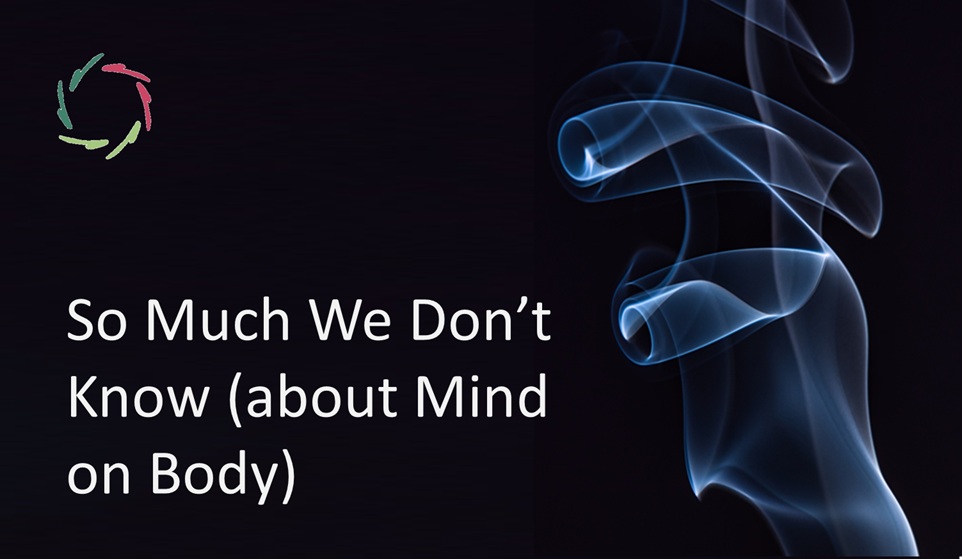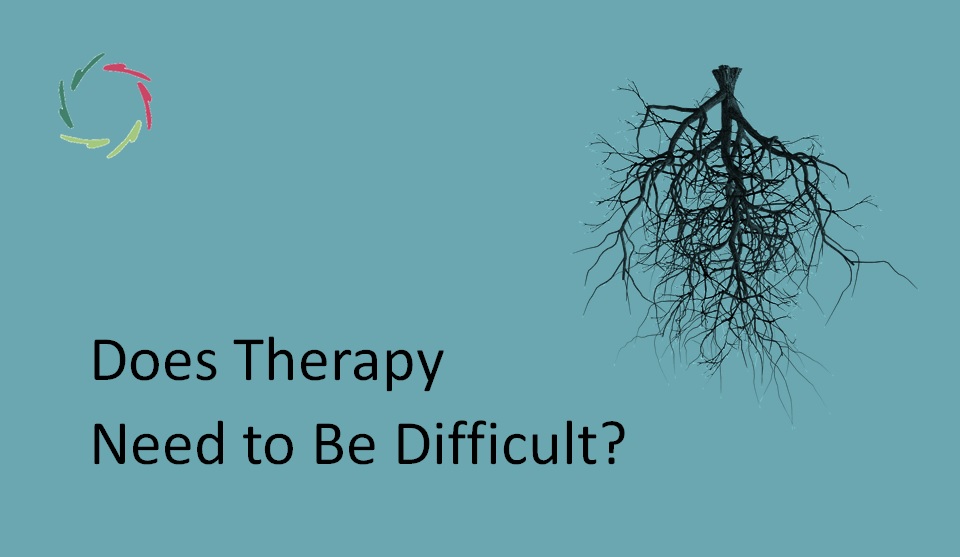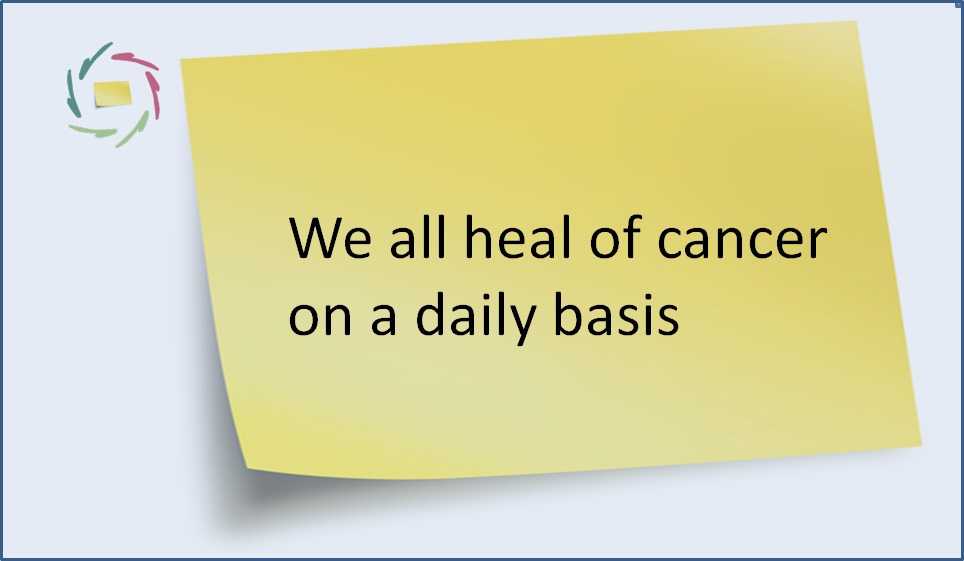Opening the Doors of Post-Traumatic Stress

Post-Traumatic Stress (PTS) is not just a disorder but part of a human experience that contains depth and an opportunity for personal growth.
This perspective respects the entire human being, recognizing that what might manifest as painful symptoms also holds the potential for revealing deeper strengths and insights. Please also read PTSD: a groovy kind of stress.
The Compassionate approach
This is about understanding and respecting the trauma as part of the person’s narrative, which includes his feelings, memories, and bodily sensations, all of which are intertwined.
A Compassionate stance involves deeply understanding the person’s experiences and emotions without overwhelming him. It’s about being there alongside him – as an AURELIS coach, for instance – sharing in the journey towards recovery, dissolving feelings of isolation that often accompany trauma.
Autosuggestion
Autosuggestion can be a powerful tool for self-discovery, allowing for a gentle and more profound healing process by reaching parts of the mental landscape that are typically shielded by conscious control.
Through guided meditation/autosuggestion sessions (see AurelisOnLine), individuals can gently uncover hidden strengths, and begin to shift their narrative from one of victimhood to one of resilience and empowerment.
Growing from within
The Compassionate approach underscores the importance of being present and supportive, enabling the person to regain a sense of safety and profound – in contrast to an exclusively superficial – control over internal experiences.
Compassionate healing thus aligns with the entire being, fostering both relief from suffering and inner growth. It’s not simply about diminishing symptoms, let alone attacking them one way or another. The individual is encouraged to reconnect with his Inner Strength, transforming the traumatic experiences into a source of personal empowerment.
This is like opening the door to a better life in a better world (also in one’s perceptions) than ever before.
An integrative healing journey
Whether long or short, healing this way can be an integrative journey where each step in dealing with post-traumatic stress is part of a larger process of personal development. Symptoms are not just obstacles to be removed but signals pointing towards areas of the self that require attention and care.
This is also about fostering an environment where these signals can be interpreted and understood within a supportive and non-judgmental space.
Toward spiritual health
Spiritual health is fundamentally about connection to one’s true self, to others, and the broader universe or a sense of something greater.
In the context of PTS, fostering spiritual health can involve practices that help individuals feel a part of a larger whole, reducing feelings of isolation and alienation. (Guided) meditation, open prayer, or profoundly engaging with nature can be powerful ways to enhance this sense of connection.
Moreover, these practices help individuals develop and appreciate a mindful presence that reduces the dominance of past traumatic memories. They help in finding meaning and purpose, which is crucial for transforming trauma into a source of growth.
Rituals and symbols
Rituals can be an integral part. They provide a structure and a sense of control, which is often disrupted by traumatic experiences. Rituals might include morning meditations, regular community gatherings, or personal reflection times that help ground individuals in their daily lives.
Symbols, too, can be powerful tools in healing — serving as reminders of resilience and recovery. Individuals might choose symbols that represent their journey or milestones in their healing process, integrating them into their daily lives or meditation practices.
No endpoint
This way, the trauma is no endpoint but can be seen as a part of a larger, ongoing spiritual journey toward a renewed sense of identity and purpose, toward wholeness and the deepest healing.
There is no endpoint to this.


